Make Every Seat Count: Choosing the Right Upholstery Fabric Cleaner
Chosen theme: Choosing the Right Upholstery Fabric Cleaner. Discover how fabric type, stain science, and smart methods come together so your sofas, chairs, and ottomans look fresh, feel safe, and last longer. Join the conversation, ask questions, and subscribe for practical guides.
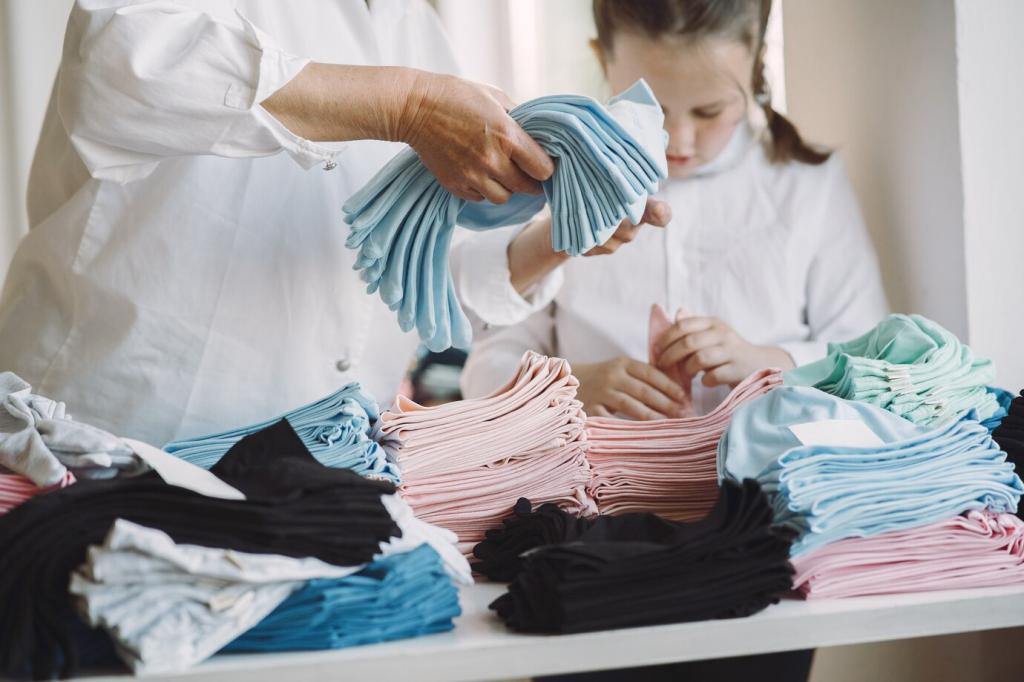
Decoding W, S, WS, and X care codes
Care tags are your roadmap: W invites water-based cleaners, S requires solvent-based only, WS allows either with caution, and X limits you to vacuuming. Snap a photo of the tag, then match your cleaner. Comment with your code if unsure!
Weave, pile, and fiber blends change everything
Tight weaves resist moisture; loose weaves drink it up. Microfiber imitates suede and prefers gentle water-based formulas. Natural fibers like linen swell quickly, while synthetic blends often tolerate more agitation. Share your fabric type below to get tailored product suggestions.
Colorfastness and hidden-dye tests
Even the right cleaner can lift dye if the fabric isn’t colorfast. Rub a damp white cloth on a hidden seam. If color transfers, you need gentler chemistry and ultra-light passes. Subscribe for our printable pre-clean test checklist.
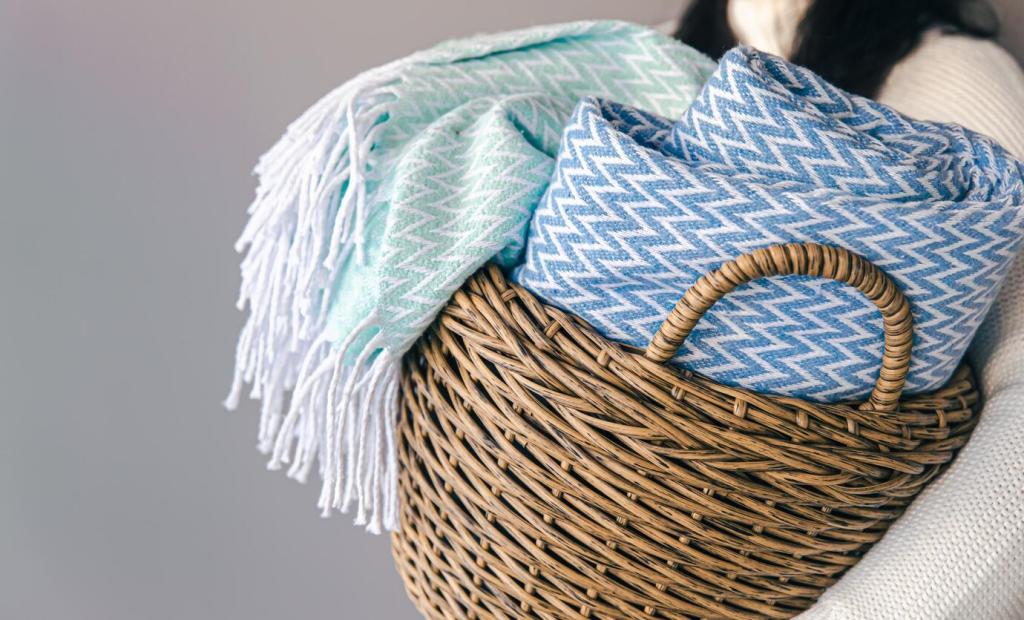

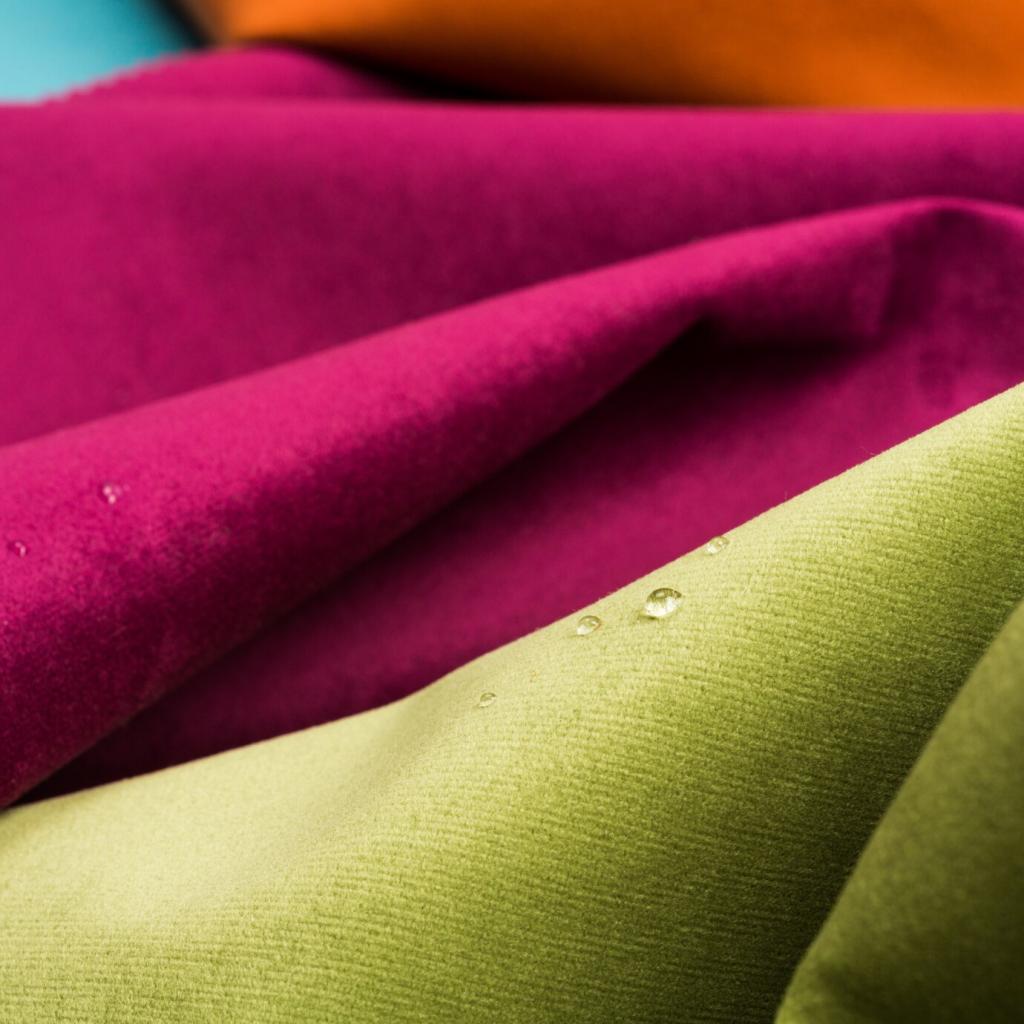
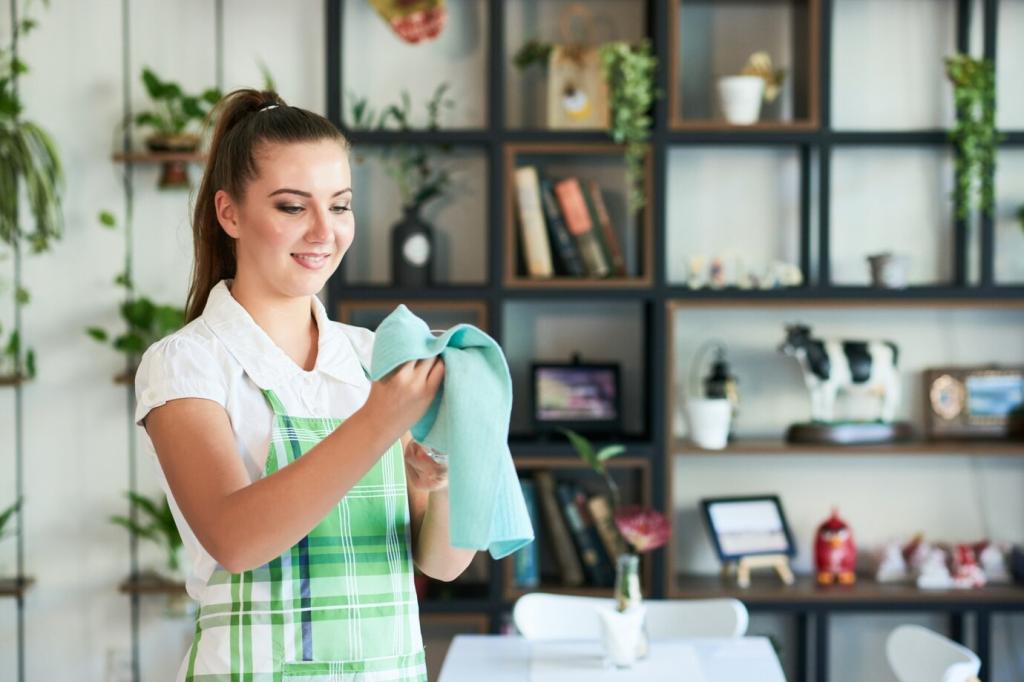
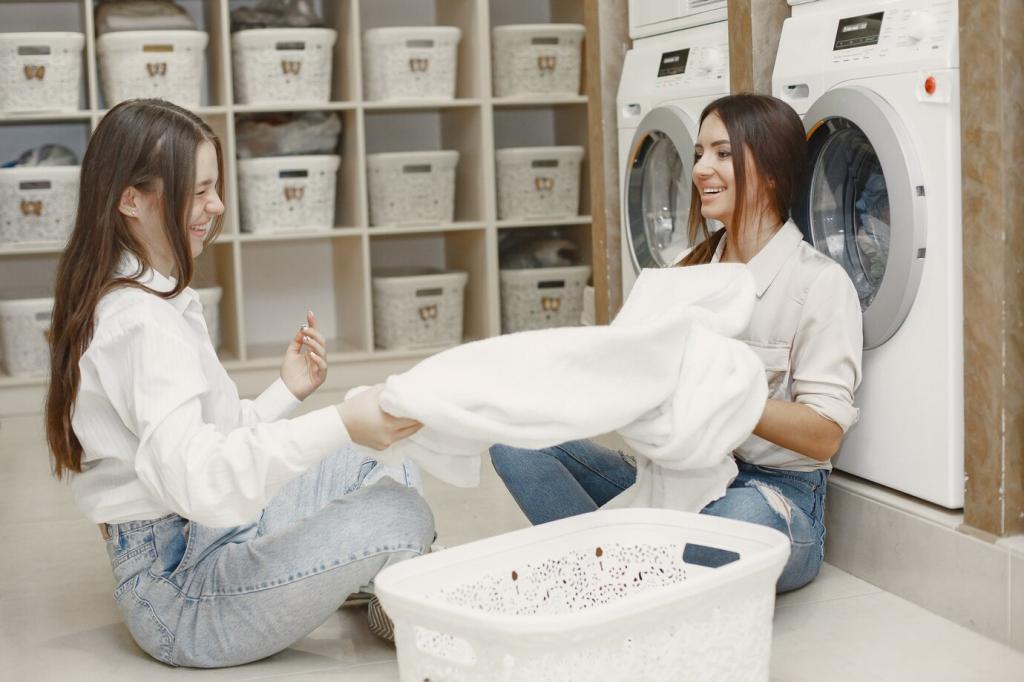
The Method Matters: Testing, Timing, and Technique
Apply a pea-sized amount in a hidden spot, wait ten minutes, and check for color shift or texture change. If safe, scale up gradually. This tiny pause prevents heartbreak and costly replacements. Share your test results to help others choose wisely.
The Method Matters: Testing, Timing, and Technique
Let cleaner sit long enough to work—rushing equals scrubbing, which risks pilling and distortion. Use a soft brush in short, controlled strokes, then lightly rinse or wipe. Increase airflow to dry quickly, discouraging water rings. Subscribe for our timed step-by-step routine.
Safety, Sustainability, and Home Realities
Low-VOC and fragrance-smart cleaners for everyday living
Choose low-VOC formulas to protect indoor air quality, especially in small rooms. Fragrance-free versions reduce irritation for sensitive noses. Ventilate, use gloves, and store tightly sealed. Drop a comment if you want our vetted list of gentle, effective favorites.
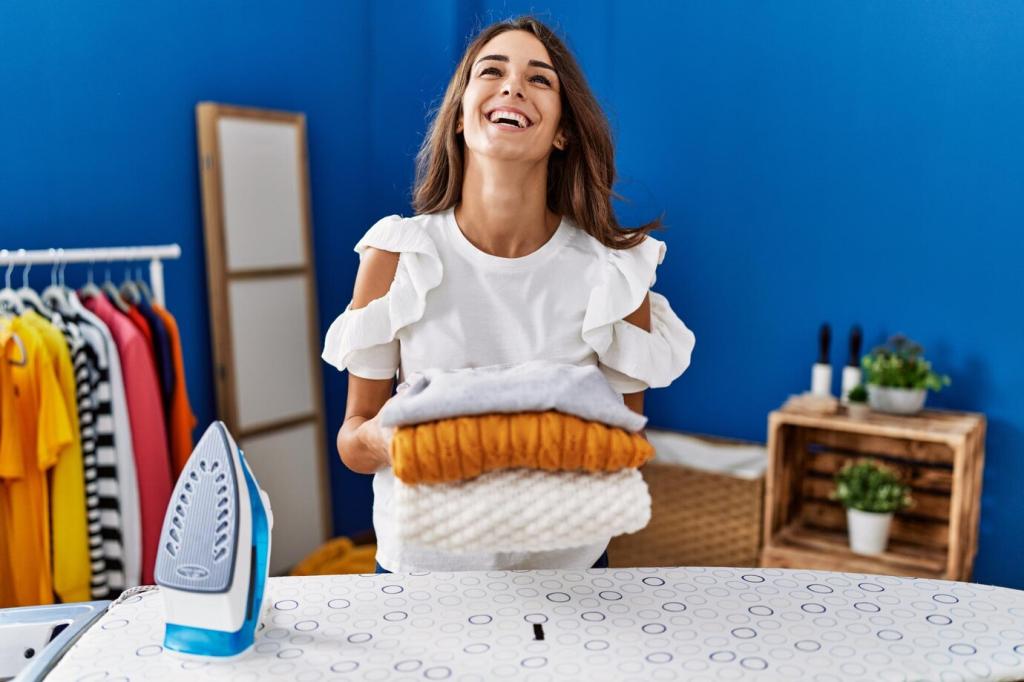
From Stains to Stories: Real Rooms, Real Lessons
A reader attacked an oil-based salad dressing spill on an S-coded linen blend with a water-heavy spray. The halo spread, dye dulled, and panic set in. Switching to a gentle solvent cleaner and careful blotting reversed the damage. Test first, celebrate later.
From Stains to Stories: Real Rooms, Real Lessons
Another subscriber revived a dingy W-coded microfiber sectional using a mild water-based cleaner, light circular agitation, and plenty of clean towels. The nap lifted beautifully after a quick brush and fan drying. Post your before-and-after photos—we love a redemption arc.
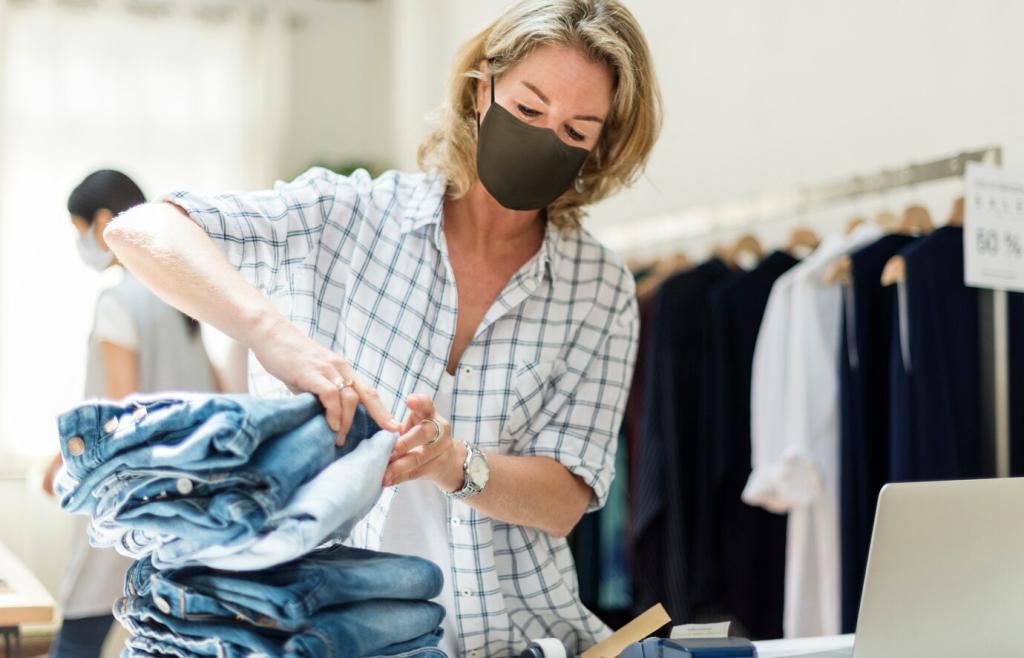
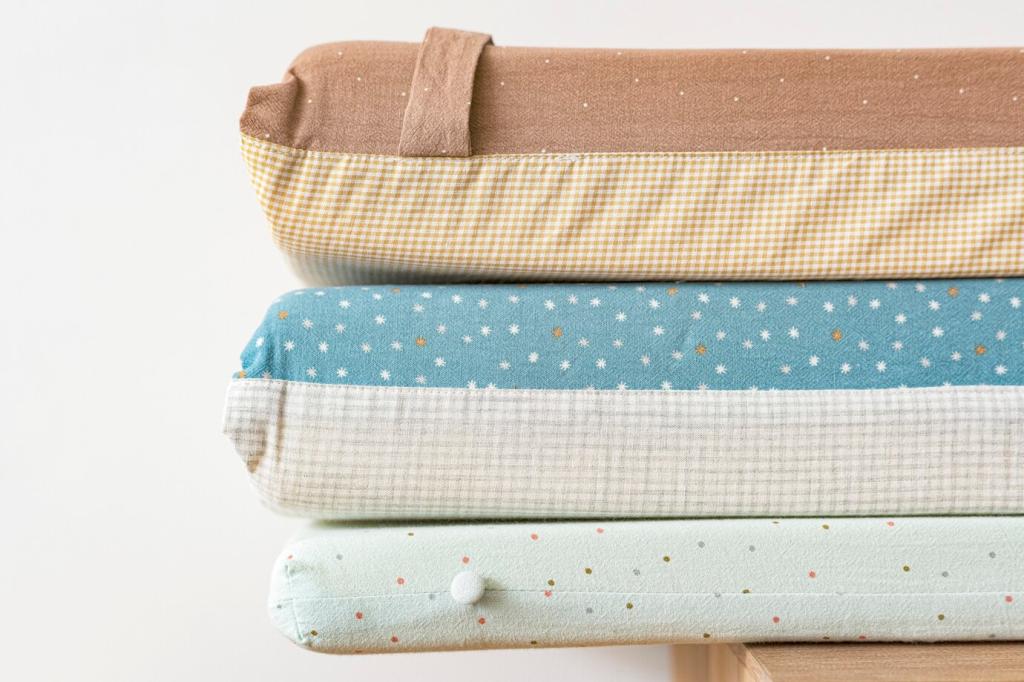
Tools, Checklists, and When to Call the Pros
Stock white cotton towels, microfiber cloths, a soft brush, a neutral water-based cleaner, a fabric-safe solvent, distilled water, a spray bottle, and a small fan. Keep a notebook for stain logs. Comment for our printable kit and shopping list.
